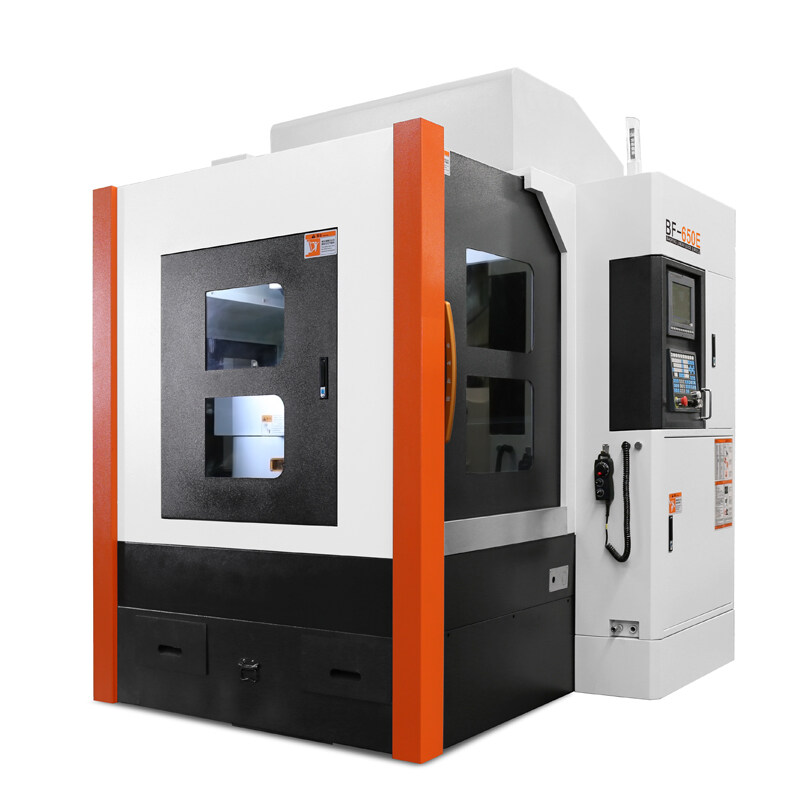Correo electrónico ukax janiw ch’usakïkaspati
Contraseña ukax janiw ch’usakïkaspati
Correo electrónico formato ukan pantjasitapa
Correo electrónico ukax janiw ch’usakïkaspati
Correo electrónico ukax nayratpach utjxiwa
6-20 chimpunaka(letranakampi jakhunakampikiwa)
Uka aruskipawixa janiwa chiqaparu uñjatäkiti
Correo electrónico formato ukan pantjasitapa
Correo electrónico ukax janiw ch’usakïkaspati
Correo electrónico ukax janiw utjkiti
6-20 chimpunaka(letranakampi jakhunakampikiwa)
Uka aruskipawixa janiwa chiqaparu uñjatäkiti

Yatiyawinaka
What Kind of Parts are Suitable for Machining on CNC Lathes?
The lathe is a common equipment for processing rotary parts and threads. At present, in China's small and medium-sized processing plants, CNC lathes and ordinary lathes often coexist. During processing, the operator will choose whether to use a CNC lathe or an ordinary lathe according to the requirements of different parts. So, what kind of parts must be processed on the CNC lathe? Let's make a summary:

Rotary parts with high requirements
The requirements mentioned here include accuracy requirements and surface roughness requirements. Because CNC lathes are far more accurate in manufacturing and tool setting, compensation accuracy, and machine rigidity than ordinary lathes, it is necessary to process parts with high accuracy requirements on CNC lathes. Especially for those parts with high requirements for bus straightness, roundness, and cylindricity, because the turning motion of the CNC lathe has been driven by high-precision interpolation and servo, which can well achieve the machining accuracy and meet the accuracy requirements of parts.
CNC lathe not only has good rigidity and manufacturing accuracy but also has excellent constancy of cutting speed, which is very helpful to reduce the surface roughness of the workpiece. Because the rotating speed of the ordinary lathe cannot be kept constant, the roughness in the end face is inconsistent. Using a numerical control lathe, the turning speed is kept constant at the best linear speed, so that the machined parts not only have low roughness but also can be consistent.
In addition, there are some ultra-precision and ultra-low surfaces roughness parts, such as polyhedral reflectors of laser printers, rotary drums of copiers, lenses, and molds of optical equipment such as cameras, which can only be processed on high-precision CNC lathes with an accuracy of micron level.
Revolving parts with complex surface shape
Rotary parts with complex surface shapes, which are composed of complex curves and planes, cannot be processed by ordinary lathes. But it is easy to process on the CNC lathe. Because CNC lathes have linear and circular interpolation functions, as well as some non-circular curve interpolation functions.
For parts whose contour curve is composed of straight lines and arcs, the straight line and arc interpolation function can be directly used for machining. For parts with non-circular contour curves, the non-circular curve interpolation function can be used for machining. If the part curve is not in the interpolation function of the machine tool, you can also approach it with a straight line or arc first, and then use the straight line or arc interpolation function to achieve the shape required by the drawing.
Rotary parts with transverse machining
Some rotary parts have horizontal machinings, such as keyways or radial holes, or the end face has a distributed hole system and a curved disc sleeve or shaft parts. If these kinds of parts are processed by ordinary lathe, not only the number of processes is large, but also the processes are relatively scattered, which is not conducive to processing. However, when machining with a turning center, due to the automatic tool change system, it can complete multiple machining processes of ordinary machine tools only by clamping once. In this way, the clamping times are greatly reduced, the principle of process concentration is realized, the stability of processing quality is guaranteed, the processing efficiency is improved, and the processing cost is reduced.
Of course, some of the above parts can also be completed on vertical or horizontal machining centers.
Parts with special threads
In terms of thread processing ability, the performance of an ordinary lathe is regular. It can process isometric straight face threads and conical threads, but it can't do anything about unequal distance threads and end face threads. Moreover, an ordinary machine tool can only process a fixed number of pitches.
Using the numerical control lathe, it can not only process any straight face, conical face, and end face threads with equal pitch, but also process variable pitch threads such as increasing pitch and decreasing pitch, as well as threads with smooth transition between equal pitch and variable pitch. Moreover, when the NC lathe processes threads, the spindle rotation does not need to be changed alternately like the ordinary lathe. Coupled with the machine clamp carbide thread turning tool, it can use a higher speed. Therefore, it has much higher processing efficiency than the ordinary lathe, and the quality of the processed threads is also better than the latter.
Searching for a new cnc lathe for sale, automate cnc lathe, cnc lathe for sale near me supplier, wholesaler, manufacturer from China, you can get high-quality products at a nice price.

